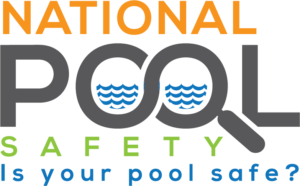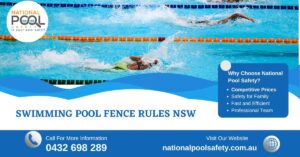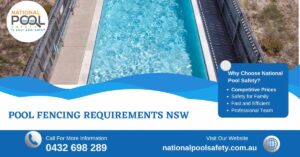How to Obtain a Certificate of Compliance for Your Swimming Pool

A certificate of compliance for your swimming pool is not just a legal requirement but also a crucial step in ensuring the safety of those who use it. Whether you’re a homeowner or managing a commercial property, complying with local regulations regarding pool safety is paramount. This guide outlines the essential steps to obtain a certificate of compliance, helping you navigate through the process smoothly. For more information on obtaining a swimming pool certificate of compliance, visit our Swimming Pool Certificate of Compliance Service Page
Understanding Local Regulations
Before diving into the specifics, it’s essential to research and understand the local laws and regulations governing swimming pool safety. Requirements can vary widely depending on your location, but common elements include fencing, gate specifications, safety equipment installation, and regular inspections.
Preparing Your Swimming Pool
Begin by conducting a thorough inspection of your swimming pool and its surroundings. Identify any safety hazards such as broken fences, non-functioning gates, or inadequate pool covers. Addressing these issues promptly not only improves safety but also increases your chances of passing the compliance inspection without delays.
Installation of Required Safety Measures
Based on your local regulations, install the necessary safety equipment. This may include:
– **Fencing:** Ensure your pool is enclosed with a barrier that meets height and material specifications.
– **Gates:** Install self-closing and self-latching gates that open outward from the pool area.
– **Alarms:** Consider adding pool alarms that detect unauthorized access or accidental falls into the water.
Adhering strictly to these requirements not only enhances safety but also demonstrates your commitment to maintaining a secure pool environment.
Documentation and Paperwork
Gather all required documentation, including pool plans, safety compliance certificates for equipment, and any completed application forms. Organizing these documents ensures a smooth process when submitting your application for inspection.
Scheduling Inspections
Contact local authorities or certified inspectors to schedule a compliance inspection. Ensure your swimming pool is accessible and fully compliant with all safety standards on the scheduled inspection date. Being present during the inspection allows you to address any concerns or questions promptly.
Passing the Inspection
During the inspection, demonstrate that your pool meets all safety requirements. Be prepared to make adjustments or repairs if the inspector identifies any deficiencies. Addressing issues promptly increases your chances of receiving a favorable evaluation.
Receiving the Certificate of Compliance
Upon successful completion of the inspection, you will receive a certificate of compliance for your swimming pool. This document confirms that your pool meets all necessary safety standards and is legally compliant. Understand the validity period of the certificate and any renewal requirements to ensure ongoing compliance.
Conclusion
Obtaining a certificate of compliance for your swimming pool involves careful preparation, adherence to regulations, and proactive maintenance of safety standards. By following these steps and staying informed about local requirements, you can create a safe and enjoyable swimming environment for yourself, your family, or your patrons.




